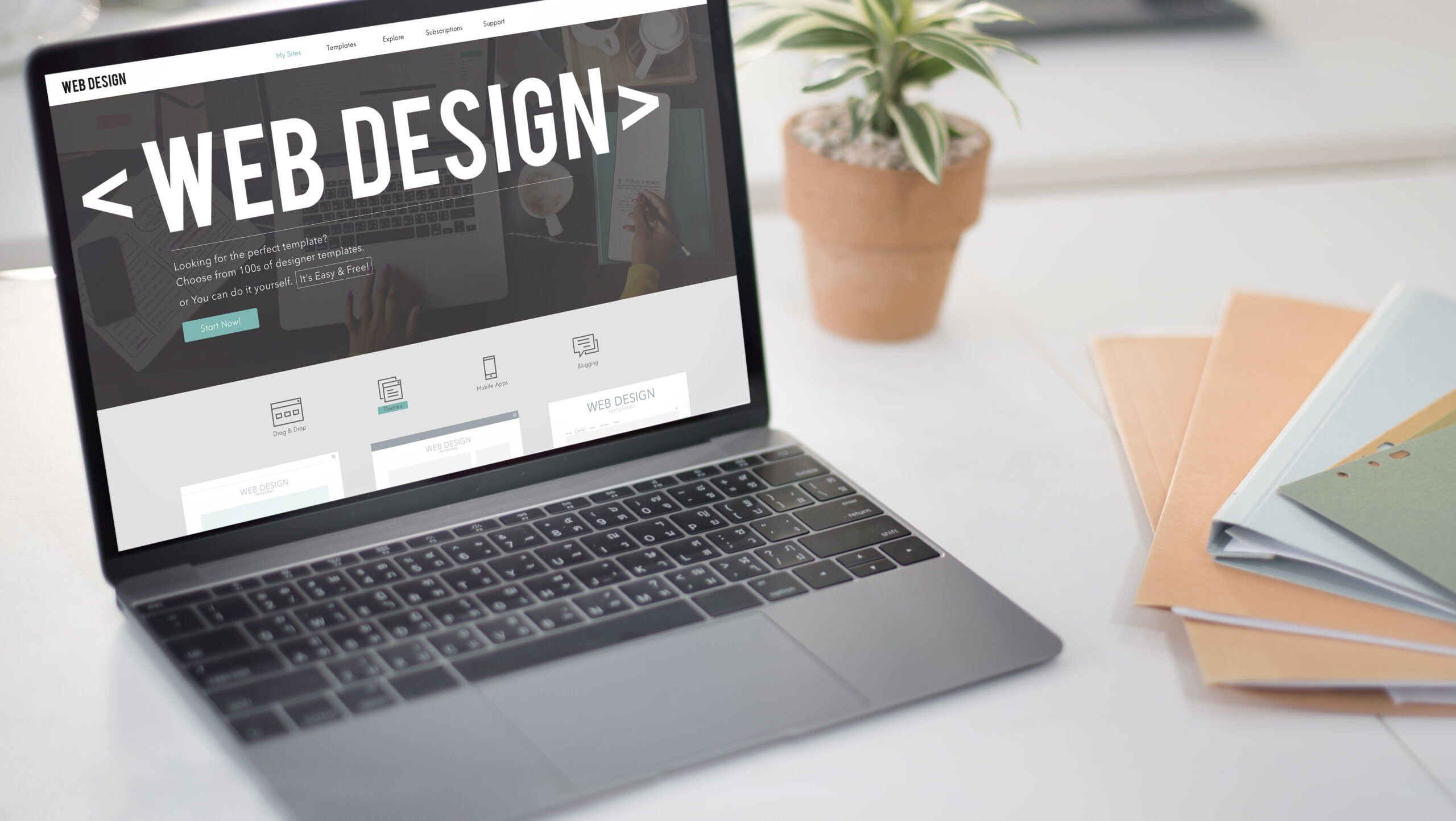Many people believe it is a process that web development is stressful and must be handled by experts. Do you feel similar? If so, this article is ideal for you. In reality, having a sound web design procedure isn’t an easy task. With clear, easy-to-follow guidelines, you will be able to quickly achieve excellent outcomes and build your site as a professional!
The right web design can help solve many issues. For instance, it can aid people in understanding the product or service and create more emotional bonds, improve interactions, etc. Well! The success of a web page design depends entirely on how you blend elements like texture, color, font, and more. It is therefore essential to understand every element in depth.
You’re at the right place. These seven steps can help you develop an amazing web design without lots of effort and time.
7 Steps of the Web Design Process
Without further delay, we can build more solid web design principles that let you build an impressive and stronger web design without breaking the bank.
Step 1: Define your goal
Making a brief that is creative can be the very first thing to assist you in creating an appealing design that is easy to create. If the designer has a clear understanding of their goal, it’s easier to communicate their ideas and select appealing color palettes for web designs that immediately appeals to the mind of the viewer.
Before you begin the process of designing your website it is important to be asking yourself these questions:
Read Also: Top Web Designing Training Courses with practical training
Who is your ideal customer?
- What are the primary goals you’d like to achieve through your site?
- What kind of services do you wish to provide your clients?
- What are the advantages of your current site, if it has any?
- What is your competitors’ performance?
When you’ve answered each of these questions, you are able to proceed to the next stage of the design process for your web page. The information in detail will give you an overview of the whole procedure.
Step 2: Define how big your undertaking will be
The definition of the scope of the project is among the most challenging steps during the entire process of designing a website. Knowing your project’s scope, requirements and resources isn’t continuous. Changes are always occurring during the course of your project, which could impact how you can improve the performance of the project and could cause additional work.
For more information Click here
The process of working on a project with an unrealistic image should not be done at all. The definition of the scope of your project like the timeframe of your project’s duration, the number of pages on your website, the features you wish to incorporate into your site, and more. can help you reach your goals for your website without trouble.
A tip to remember: Use Gantt charts and other tools for project management to create an accurate timeline for the whole process. It will not only aid you to meet deadlines but enable you to create projects that please your customers.
Step 3: Create your site
When you’ve got the focus of your website then you can create wireframes and sitemaps. This will provide you with an idea of what your site’s layout will look like. Well! it is the time when you are able to describe the relationship between all pages on your website and then make changes in accordance with the intended goals.
The process of creating a website without creating the sitemap is like baking a cake with no tools. Once you’ve made the wireframe, you need to conduct some research and think about it. A website design will not only assist you in understanding the fundamental elements but also lets you design an online site that is in line with your site’s requirements without trouble.
Keep in mind that the more you study, the better you develop. Therefore, you should be ready to design your draft to make your site engaging and beneficial.
Step 4: Content Creation
Have you completed the design of a framework for your website? The next step is to establish the basis of your web design process. It’s the site’s content.
If the front of your website is appealing it is likely to attract the attention of the user. In the event that your material is appealing and attractive, you will keep your customers coming back and motivate them to purchase. If we look at the trends in web design for 2020, it is the content that can enhance your web design.
Apart from driving engagement, site content also improves the visibility of your site to aid in SEO. Don’t overlook the content aspect in order for your web design process to go easily and efficiently.
Step 5: Visualize the contents
According to statistics, 91% of the population prefers visual content to long boring text. If you’re aware of how important visual information is, it’s time to develop a visual design for your site.
If you have stunning images on your website? it can add a unique impact to your website. Be sure that your site’s visual is appealing since it will make it appear more professional and easy. Additionally, visuals can help to enhance the text. Make sure that every image you upload to your site is responsive and appealing.
Step 6: Create the website
Now is the time to showcase your technical expertise and design an amazing website. Well! This isn’t that difficult as it blends the above steps. Their many websites on the internet, and to be at the top of Google it is vital to create a site that is free of any mistakes. This is the reason why it’s crucial to find backend developers.
Coding is always a viable method of building websites. However, if are not a tech-savvy person, you can make use of web page builders that use visuals, basic themes, and templates to build custom-designed websites without investing massive amounts of time or money.
Once you’ve built your website, ensure you get feedback from your visitors and then create the change if needed.
Step 7: Start the website
If you’re pleased with the layout of your site then it’s time to go live with it live. Selecting a fast and scalable hosting service can help in your site’s success. But, do not believe that your first effort will be enough to draw in visitors and generate income. There are always aspects that require adjustments.
The most important point to keep in mind before launching your site is that you are able to continuously conduct tests and add new content and other elements, and then modify the information to make your website more effective and more effective. Read More.



